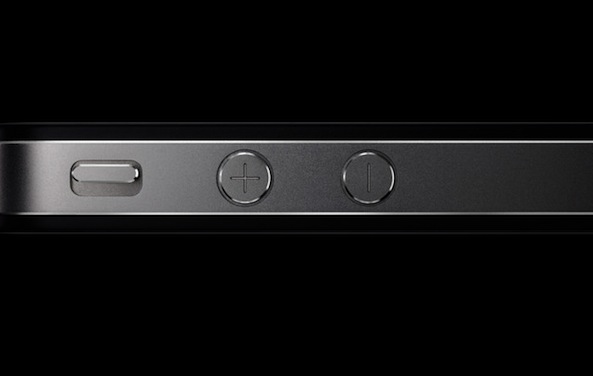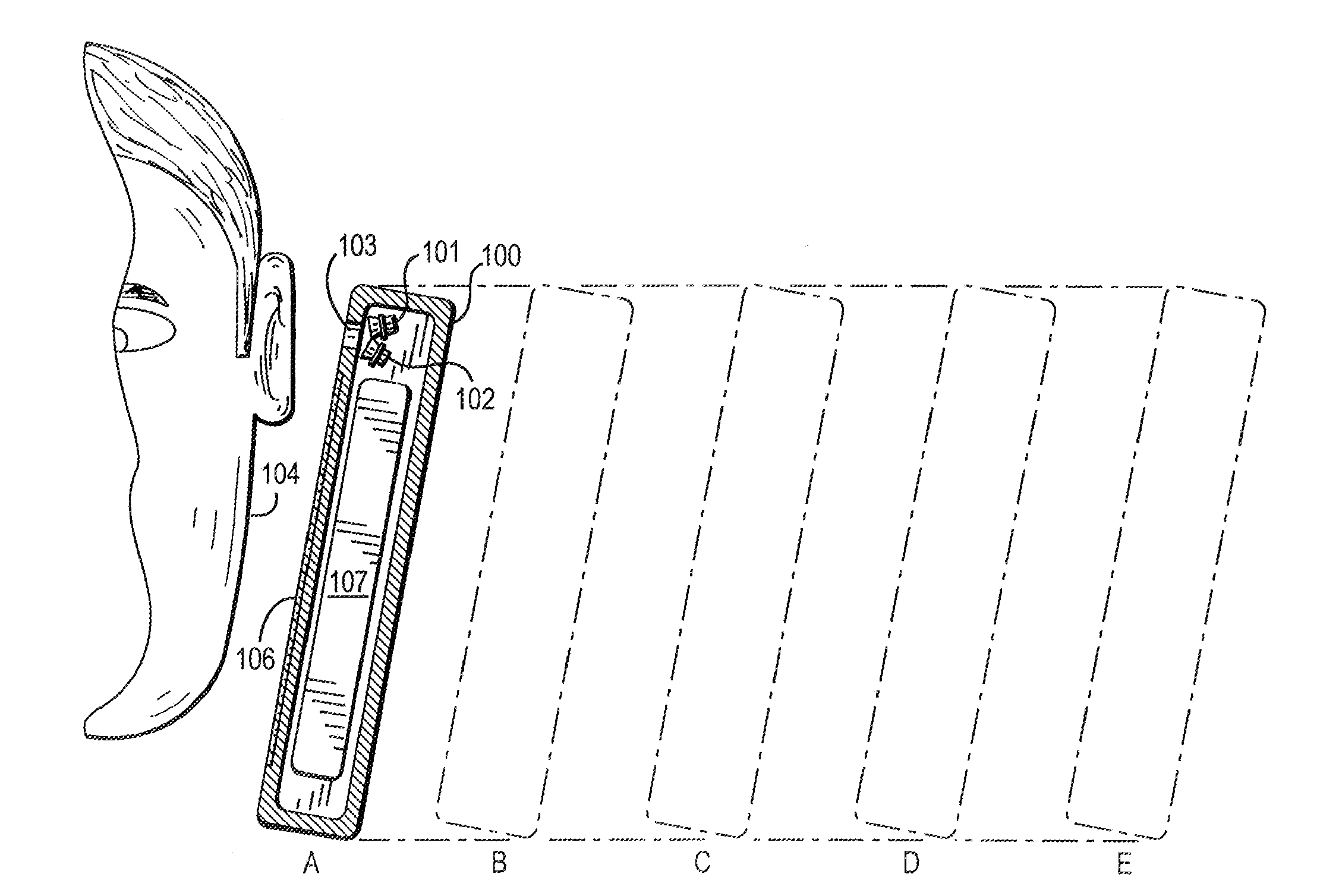Wouldn’t it be great if the iPhone could detect when you are holding the handset to your ear or sitting on a desk, automatically adjusting the volume? Apple thought so, as well. Tuesday, the U.S. Patent and Trademark Office granted the iPhone maker a patent on a way to adjust the speaker volume based on proximity.
The patent, filed just a year after the iPhone was unveiled, uses the smartphone’s many sensors to detect the device’s proximity from a user. Just as a proximity sensor is used to detect when the phone is at your ear (thus turning off the touch screen), sensors could also adjust speaker volume…
The U.S. Patent No. 8,452,020, entitled “Adjustment of acoustic properties based on proximity detection,” applies to both the iPhone’s receiver and speaker and could automatically switch from receiver to speaker when it detects the iPhone is moved.
Apple would also offer user the ability to set different volume profiles. Another potential for the technology is basing iPhone volume on the environment.
Potentially, if the iPhone detects you are in a loud room, the receiver volume could increase. Likewise, while in a quiet atmosphere, you and everyone nearby would not be blasted by a blaring voice.
The iPhone’s proximity sensor has played an important role in the development of smartphones, similar to that of the touchscreen. At the original iPhone introduction, Steve Jobs made a point of how it helps improve battery life and user experience by turning off the display when bringing the device close to one’s ear.
However, along with its wide-ranging uses it also has come controversy.
In 2010, a problem with the sensor caused some iPhone owners to complain the touchscreen would randomly turn back on during phone calls.
Apple soon issued an update addressing the problem.
And in the courtroom, Motorola is appealing the dismissal of a proximity patent lawsuit filed against Apple before the U.S. International Trade Commission.


